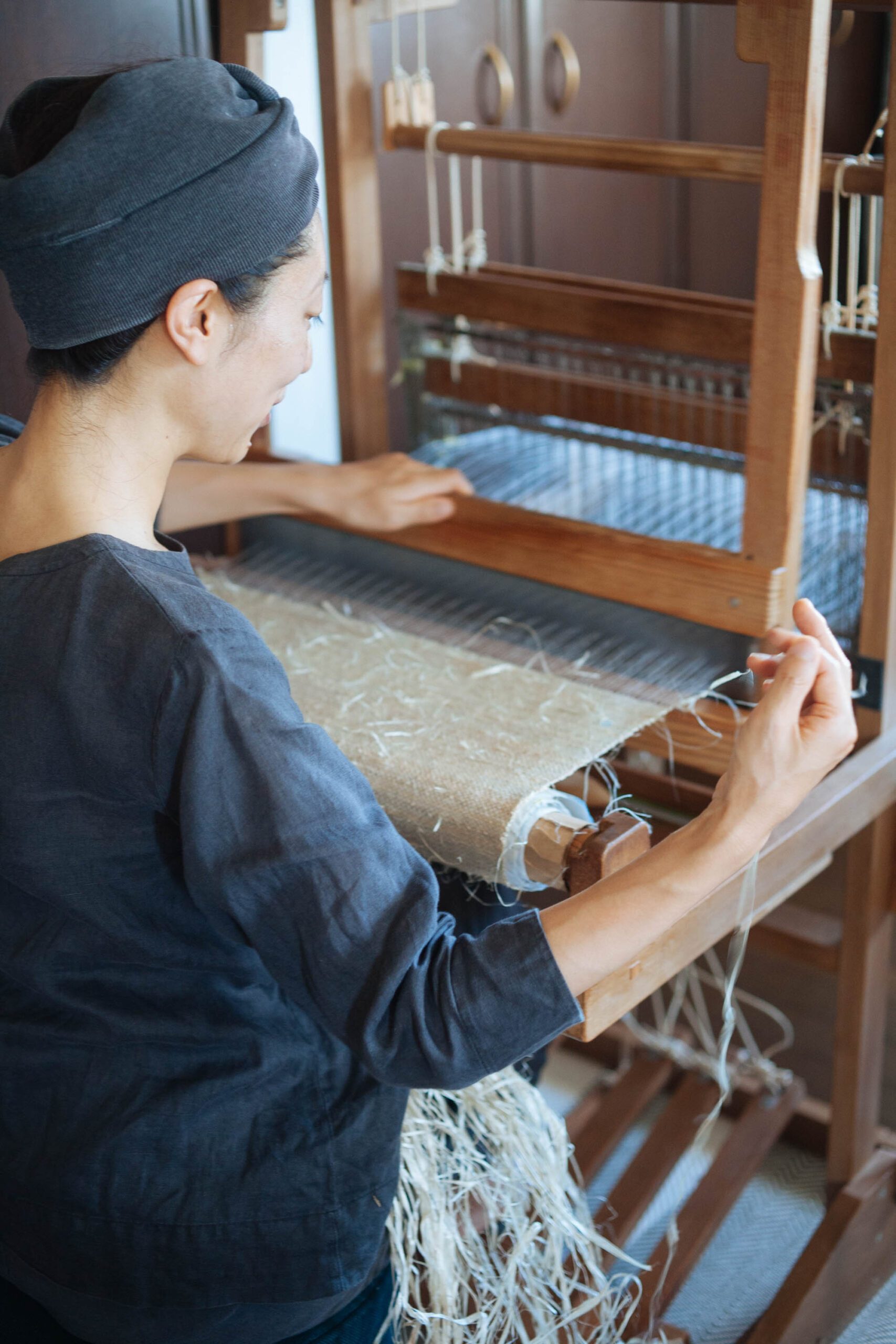Spring fukinoto foraging returns!

Spring fukinoto season came so early this year. The new year had barely dawned and we were already harvesting. Now they are already on their way out and today we ate freshly foraged fukinoto for what is likely the last time. After a weekend that felt like a preview to summer I had a feeling the buds had bolted. But before I could get out to check on them the temperatures plummeted and snow fell. To those of us tuned into the seasonal rhythms, the changing climate is as obvious as the sweat on our brow or the shiver in our bones. This morning a thin sheet of hail covered the deck but the sun finally clawed its way through a dark and heavy sky and as the day brightened I threw on a coat and boots and set off to have a look. Most buds had shot straight up tall and gangly and wavered wide eyed above the round hearted leaves that birthed them.
I’ve made the most of the season, fashioning dishes from these bitter buds in concert with the stages of a seasonal ingredient. When we can find only a handful of small, tightly bound buds I make fukimiso. Fukinoto oxidize in the blink of an eye and the traditional method of making fukimoso is to blend the buds with red miso, sake, mirin, and sauté it all in a bit of oil. The dark color of the miso camouflages the oxidized fukinoto which is acceptable for this dish that is at its core a method for preservation. But after a talk with a chef-friend I realized that I’m after something quite different and apparently uncommon.
Hashiri is a season of anticipation, when a seasonal ingredient is just emerging, and with the first buds of the fist wild vegetable of spring, I’m desperate to see that green in all of its glory. So I omit the mirin, use a scant bit of white miso, and do everything in my power to preserve the spring green color of fresh fukinoto. I’ve been experimenting with different ways to accomplish this, some more successful than others. Lemon juice or vinegar water can help but this treatment ultimately reveals itself in the final flavor. I’m closing in on a method that involves nikirishu, sake with the alcohol evaporated off…

At shun, when the spring fukinoto buds are in their prime and plentiful but still demure, tempura best showcases their form. I had a wonderful lesson in tempura recently with Hirakawa san of Arutokoro. He gave me some great pointers but no matter how much you study and intellectualize tempura, it’s just one of those things you just have to practice until experience gives way to intuition.
Nagori is the waning season and when the buds have opened wide and passed the prime of delicacy, it’s time to blend them into more common fare. I love them folded into a traditional carbonara where the the bright green highlight beautifully against the rich yellow sauce. The slightly bitter bites enliven the silky egg and cut through to compliment the oily, salty bits of pancetta.

It’s the umpteenth year I’ve written about fukinoto and it’s the one ingredient I may never stop talking about. No matter if everyone else loses interest, I won’t. I just adore these buds that breach from dormant earth tugging spring along behind.







